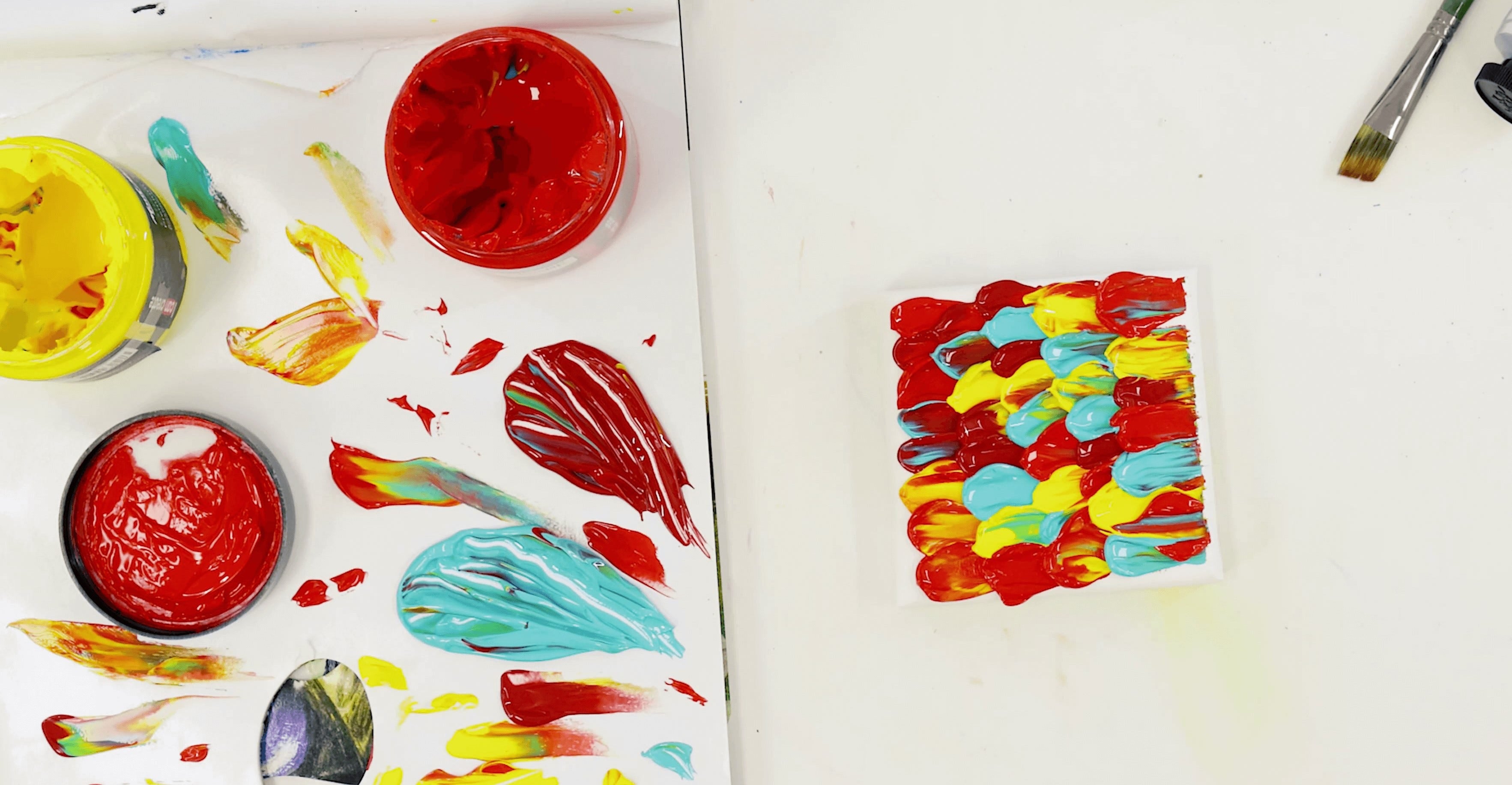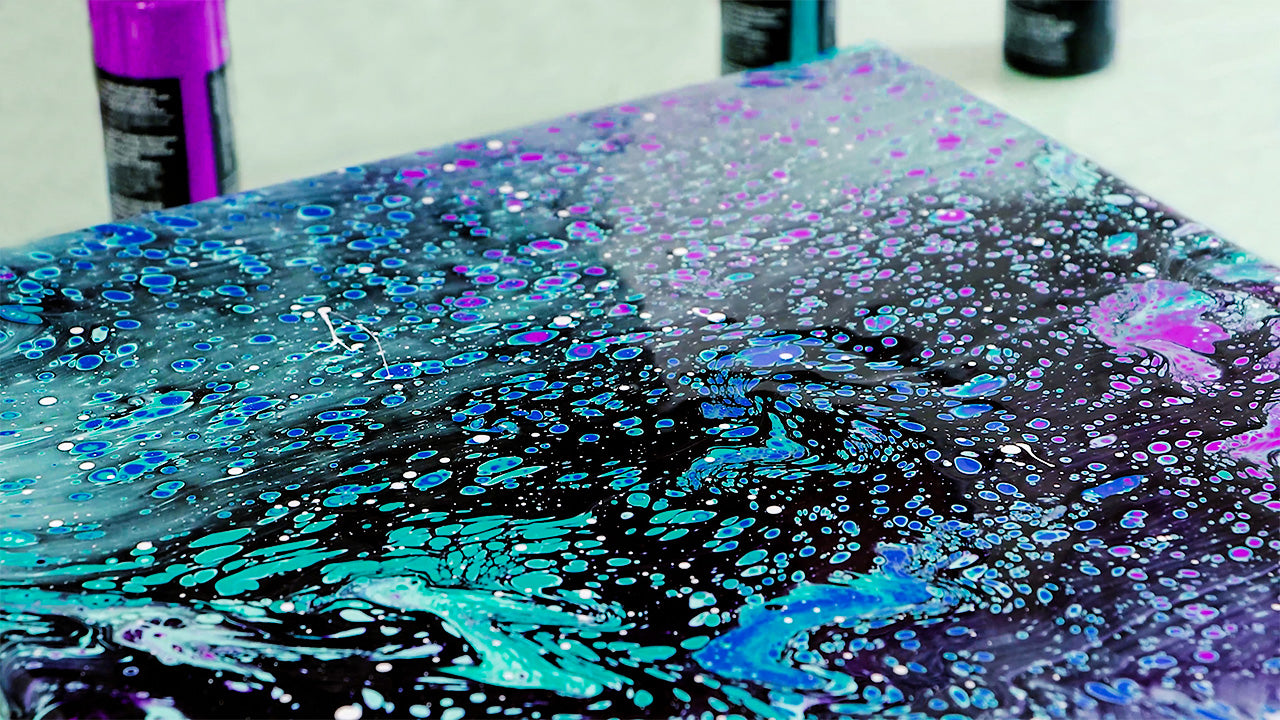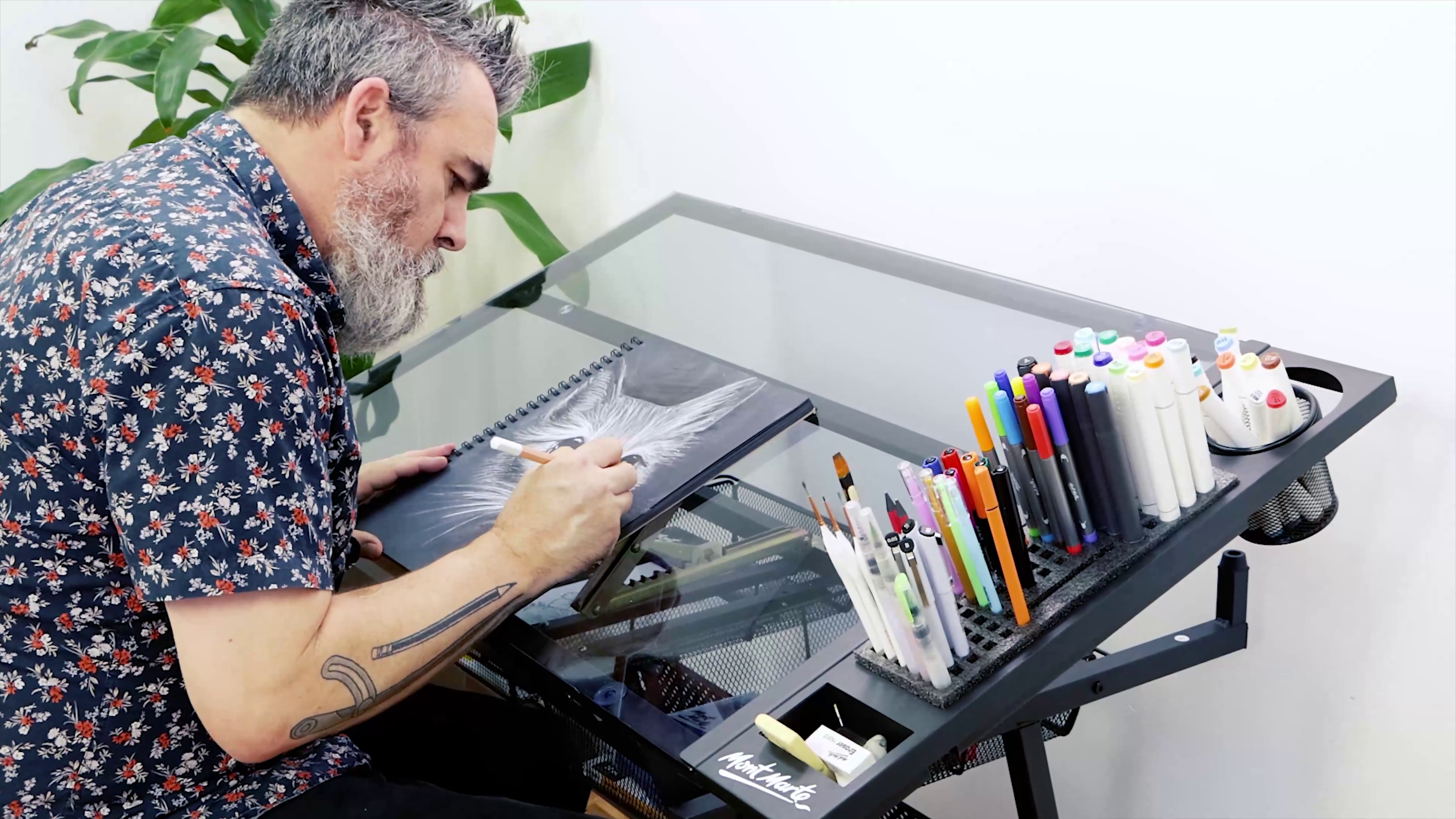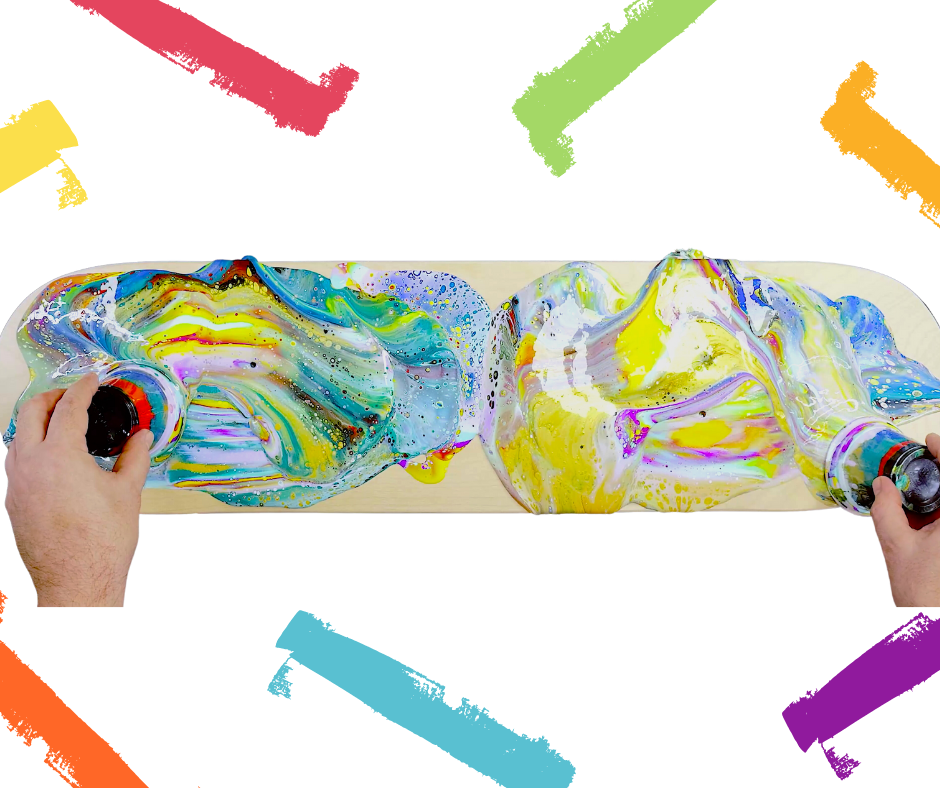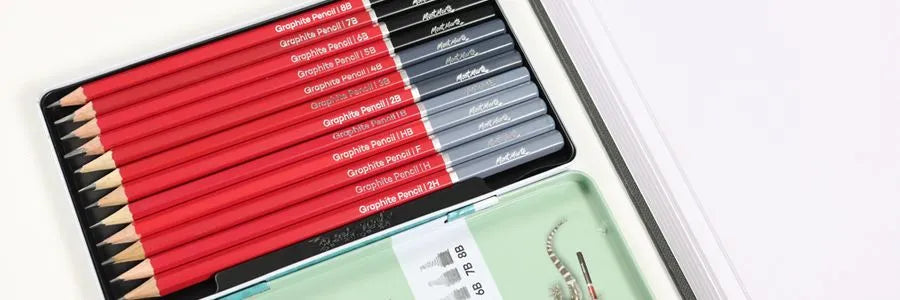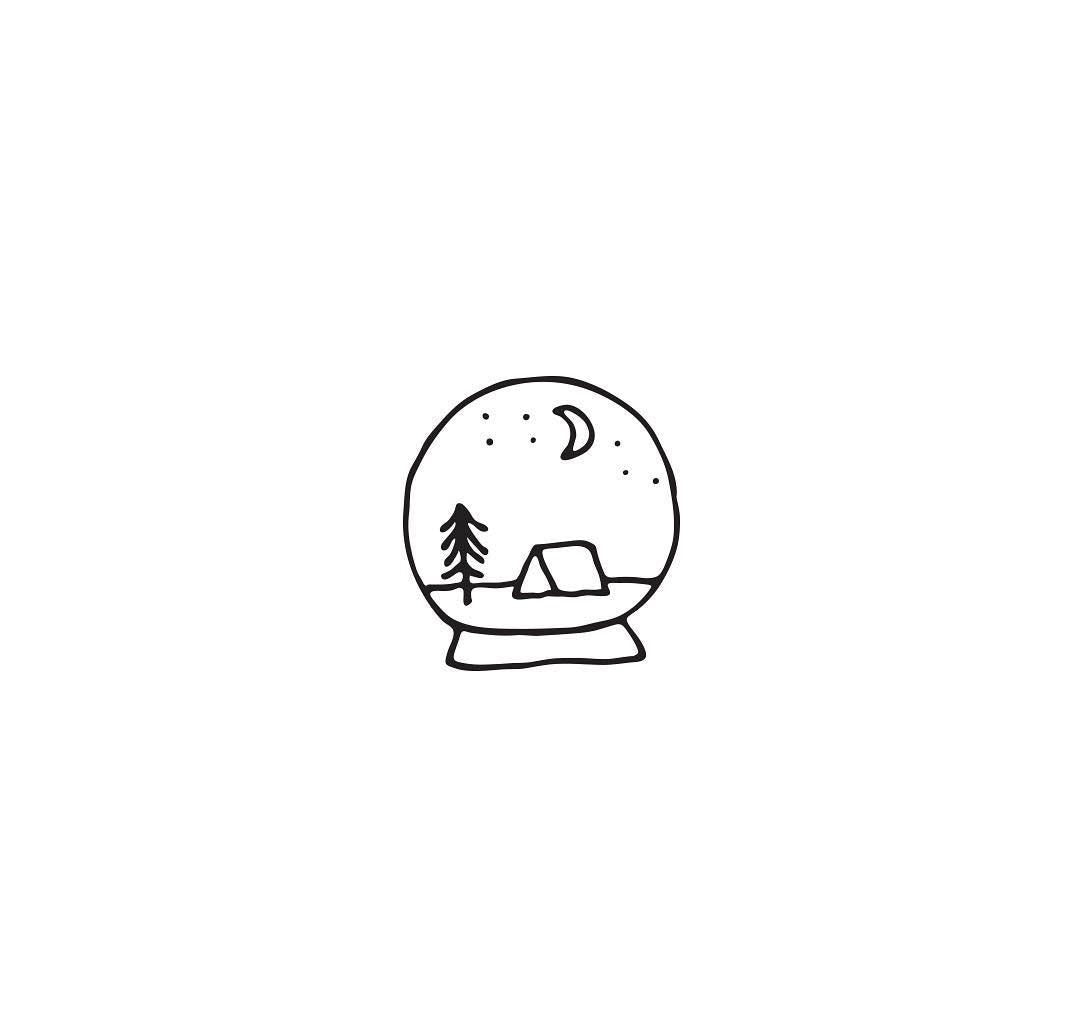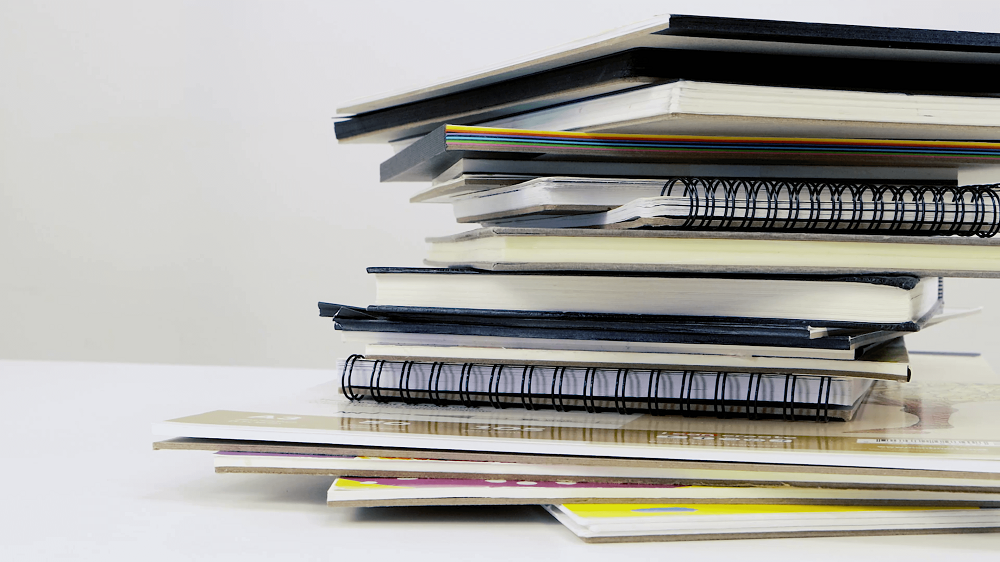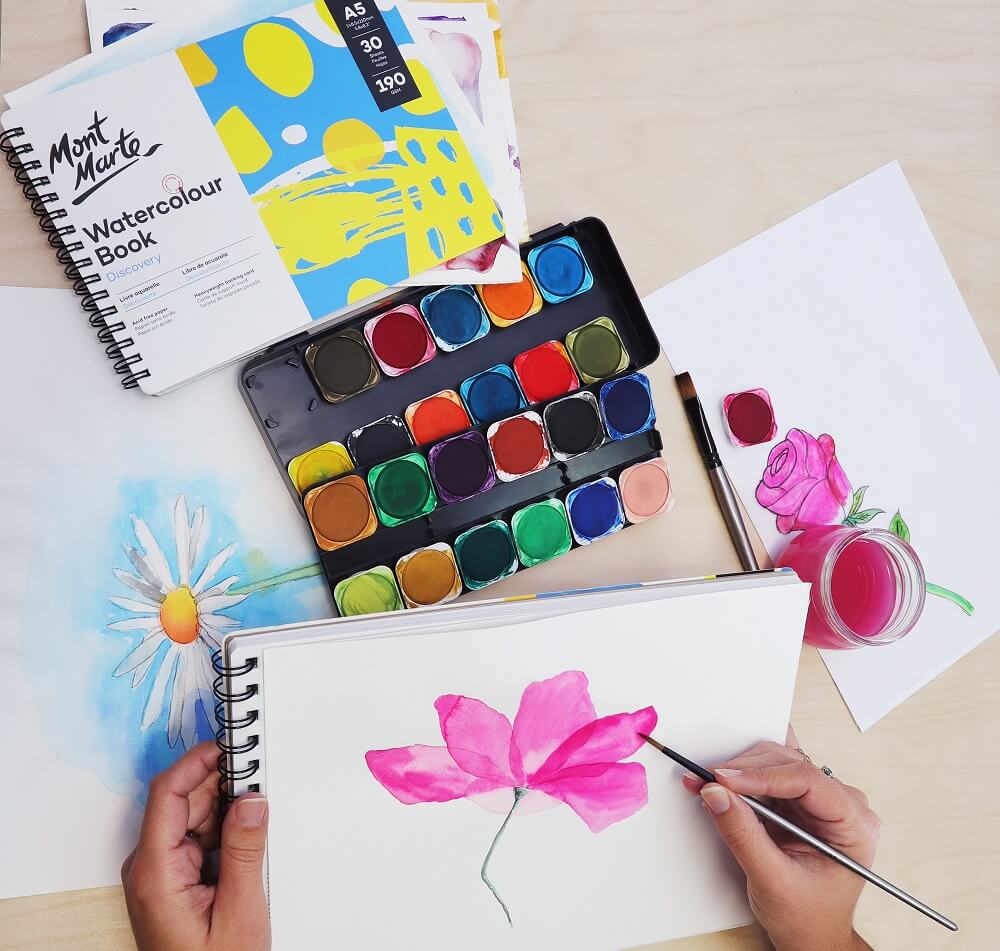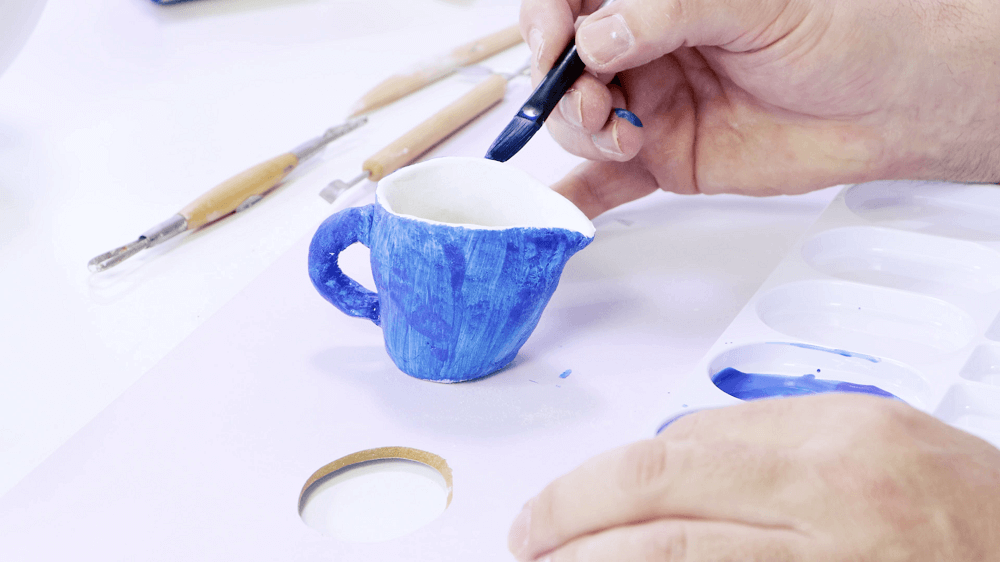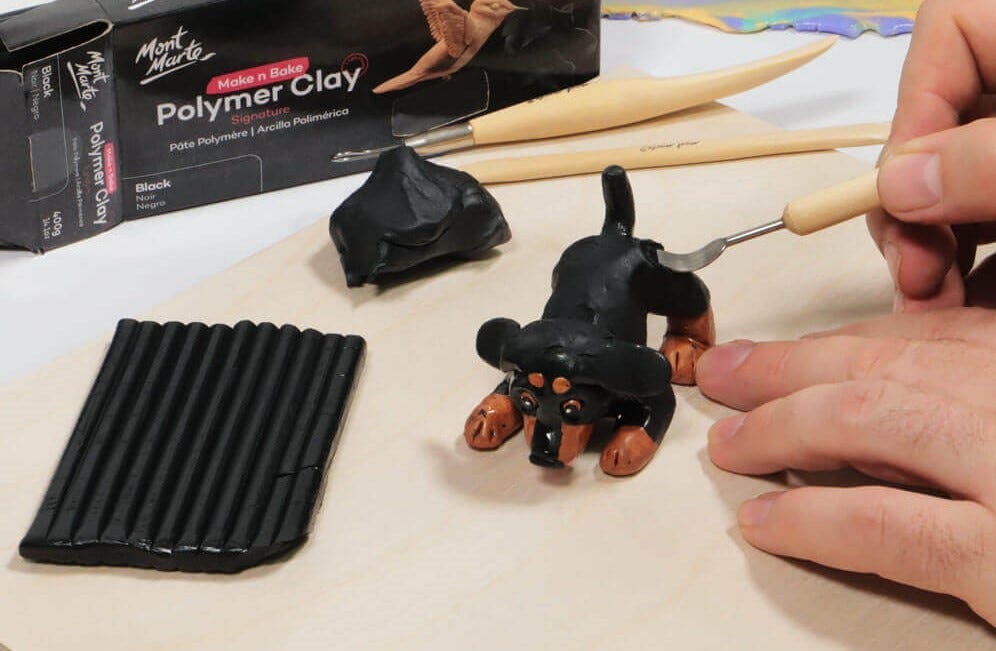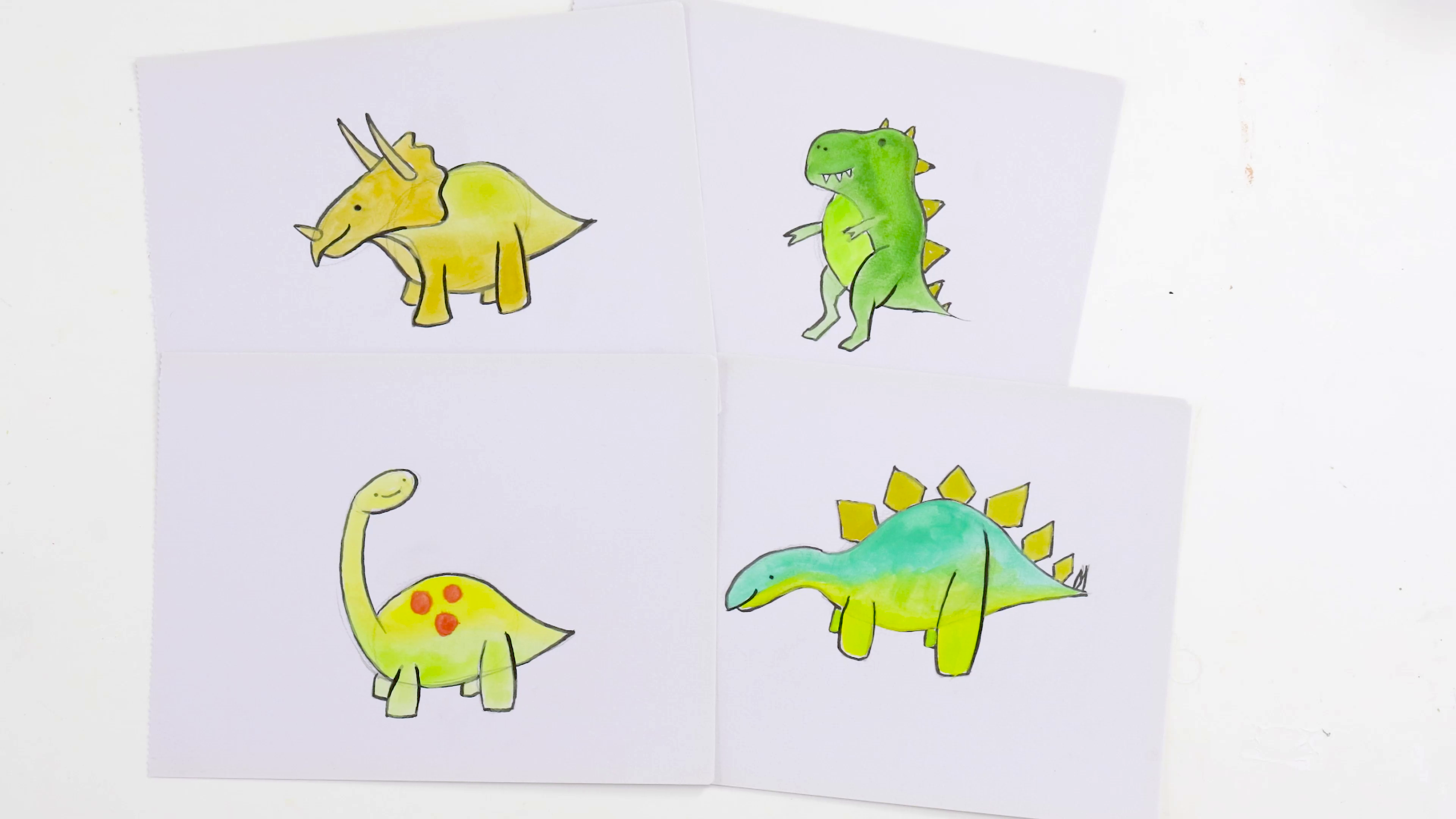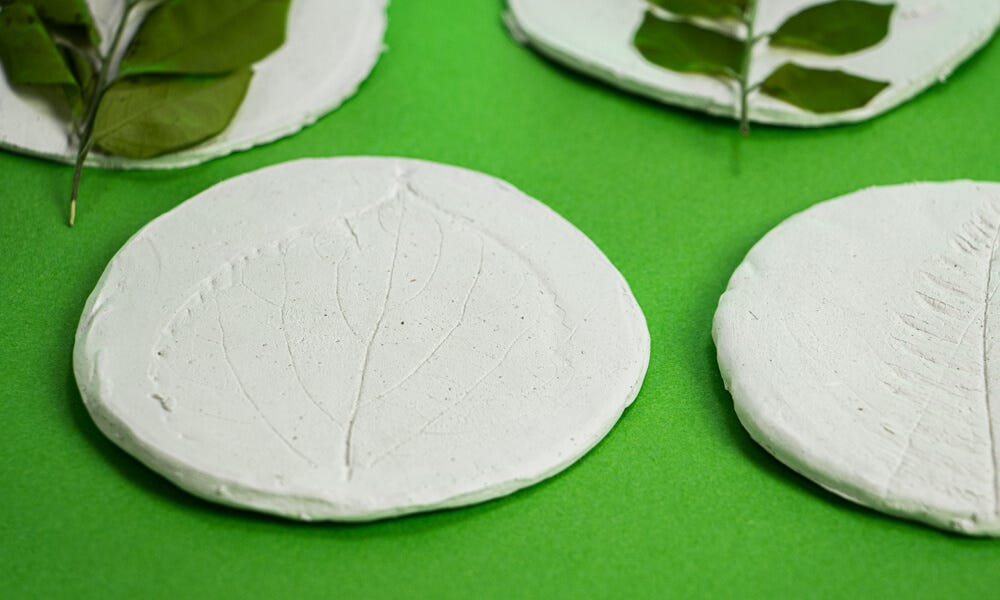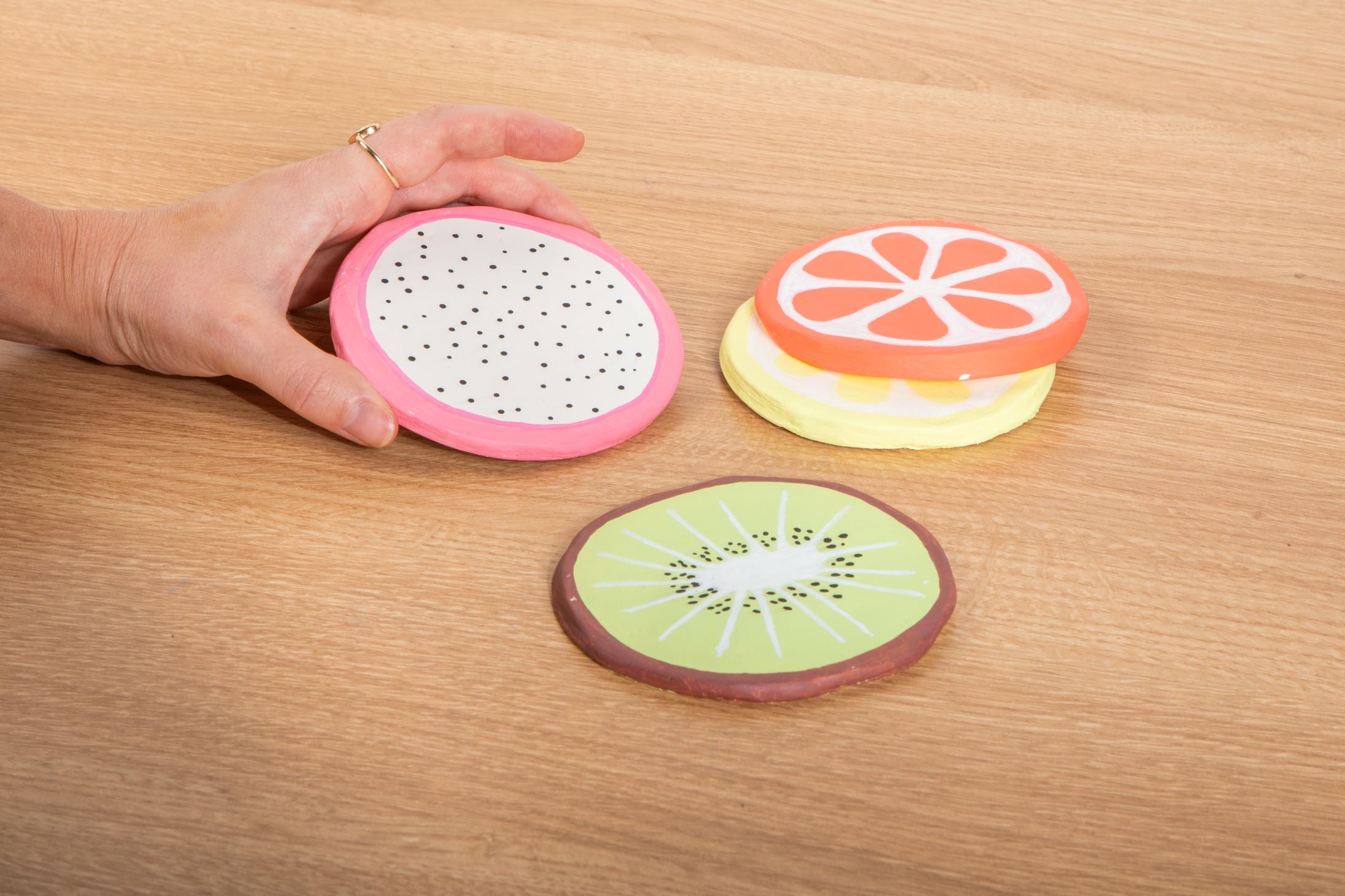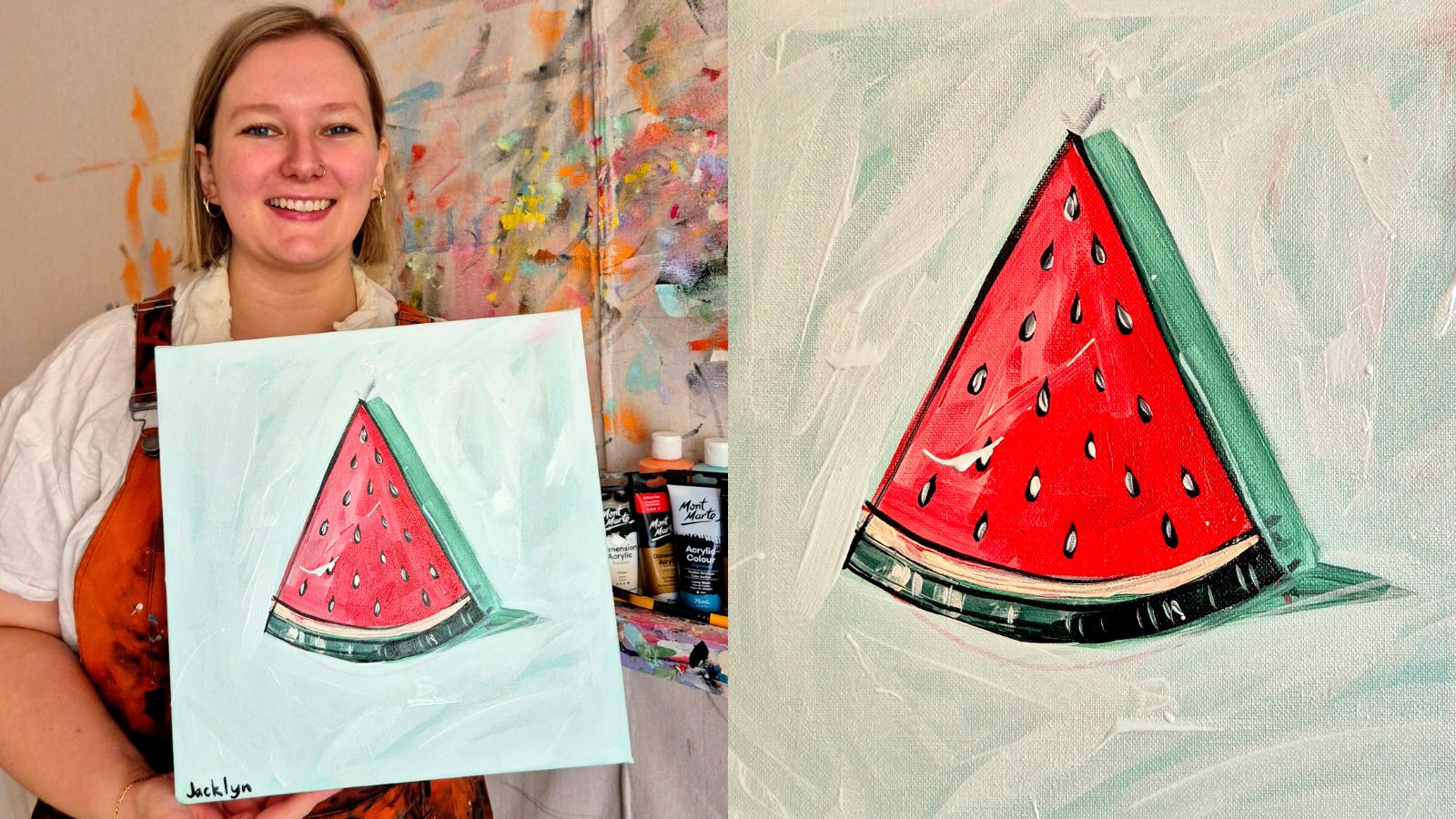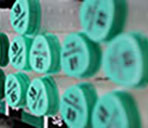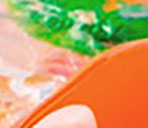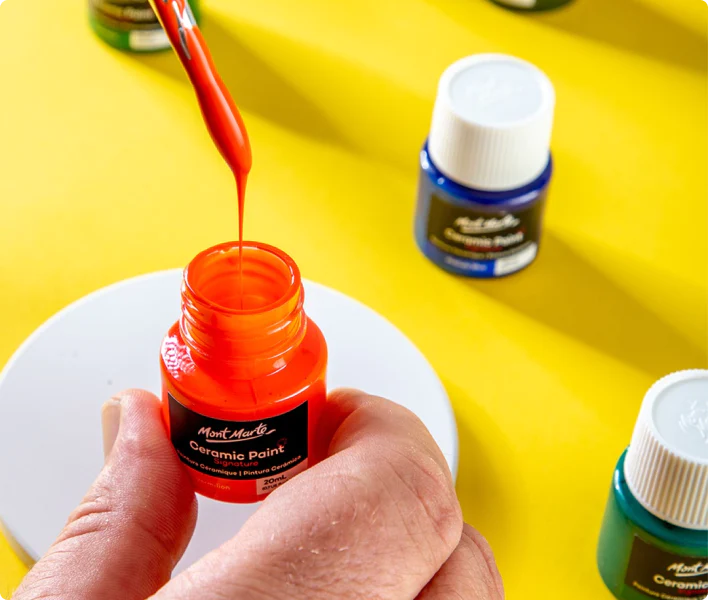How to paint glass in watercolour
In this video tutorial we show you how to create the effect of glass using watercolour paints!
Don’t press overly hard on the printout when transferring the outline as you can cause damage to the watercolour paper.
1. Transferring the outline
Shade the backside of the image on page 8 with a 6b pencil. After this has been shaded, lay it shaded side down onto some cotton paper and transfer the outline using a sharp pencil. You may like to use a little tape to hold the printout in position. If you do this it is a good idea to drag the sticky side of the tape over some fabric so that it is not too sticky. This way the paper won’t be as inclined to be damaged when you remove the tape.
2. Creating the under painting
Once the drawing has been transferred it is a good idea to tape the watercolour to the table. Use the 25 mm Taklon Brush and dampen the sheet of watercolour paper. While this sheet is still damp create a watery mix of Yellow Ochre and Lamp Black and lay this over the sheet. Start at the top of the page using diagonal strokes as you move down the page. Let the paint run out so that it is lighter as you reach the bottom of the page. While this coat of paint is still wet use a clean dry tissue to pad out the tone in the jug and glass. Next create a light mix of Lemon Yellow and lay it into each lemon. Allow this to dry. Create a stronger tone of Lemon Yellow and paint in the lemon rind. Allow this to dry. This is the first under painting stage complete. Always keep a tissue handy to sop up any watercolour if it goes on to dark or is put on in the wrong position. Keep a spare sheet of paper to test any colours on before you commit to the painting.
3. Painting the jug and glass
In this stage we create a number of overlay washes to build up the tone so that it looks like the correct colour for iced tea. These are the steps that we used to create a fairly realistic look to the tea. 1) Create a light watery mix of Lemon Yellow, Burnt Sienna and paint in the area where the tea and ice occupy the glass and jug. Paint the edge of the handle also. Let this dry. 2) Create a darker mix comprising of Burnt Sienna, and Cadmium Red Pale and paint it around the rim of the jug. Use this tone to paint in the areas of tea around the ice cubes. It is important to refer to the printout on page 9 to see where to lay this tone. Some of the area will be free of colour so that the lighter underlying tone shows through. 3) While the previous layer is still damp lay in a dark mix of Lamp Black and Burnt Umber and paint this tone into the bottom of the jug . Lay in some shadow to the ice. Create a dark tone from Burnt Sienna and Cadmium Red Deep and paint in the lower portion of the jug. This tone should be quite red. 4) If you refer to the top of the jug you will see a number of greys that are reflecting from the glass of the jug. Create a watery mix of black and lay all of this in with a rigger brush. You will notice that some of the tones are quite light moving to pure black. From here you can just keep referring to the reference photo and move around the painting adding depth here and there.
4. Painting the knife, spoon and bowl Paint the knife handle in with Burnt Umber. Remember that the handle is a rectangular cylinder prism so the planes will be different tones. The blade can be painted in black as can the spoon. I create a watery mix of Prussian Blue and a touch of Lamp Black and paint in the dish. Allow this to dry and then add more Lamp Black to the mix and lay in the shadow areas inside the dish. Create a watery mix of Cadmium Red Pale and lay in the red area around the rim of the dish.
5. Detailing The main ground work of the painting is done but we need to detail the jug and glass with white highlights. Pay close attention to the reference photo and lay in the areas of white to suggest highlights. So squeeze out some Chinese White and apply it over the glass and jug in the appropiate areas. Lay a spot onto the dish and teaspoon and along the edge of the blade of the knife also. Use the paint straight from the tube and the rigger brush to apply this. Create a very watery mix of Lamp Black with a touch of Prussian Blue and lay in the shadow areas from the glass and jug. Use the mop brush to apply these washes. The final step is to create the background behind the table. To do this, create a watery mix of Lamp Black, Burnt Umber and Prussian Blue and lay the wash on with the 25 mm taklon brush.
Material List
- Oval Plastic Palette Discovery 34 x 25cm (13.3 x 9.8in)
- Cotton Watercolour Paper Artiste 200gsm A4 (11.7 x 8.3in) 10 Sheets
- Watercolour Paints Premium 12pc x 8ml (0.3oz)
- Gallery Series Brush Set Acrylic 6pce
- Artist Acrylic Brush Premium Taklon Flat Wide 25mm


